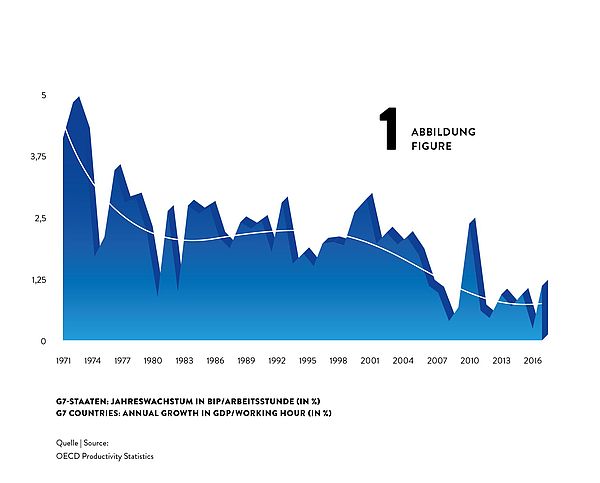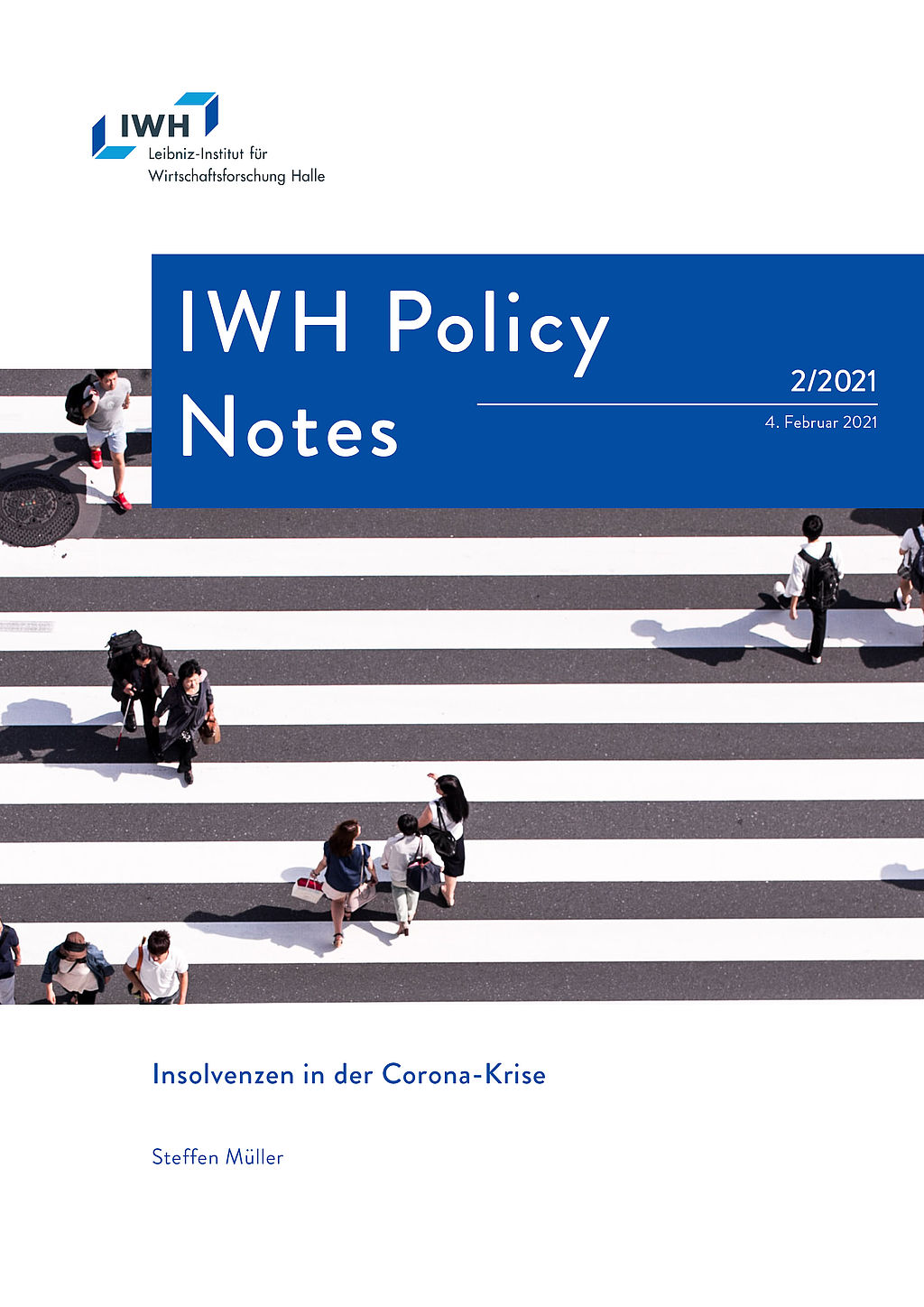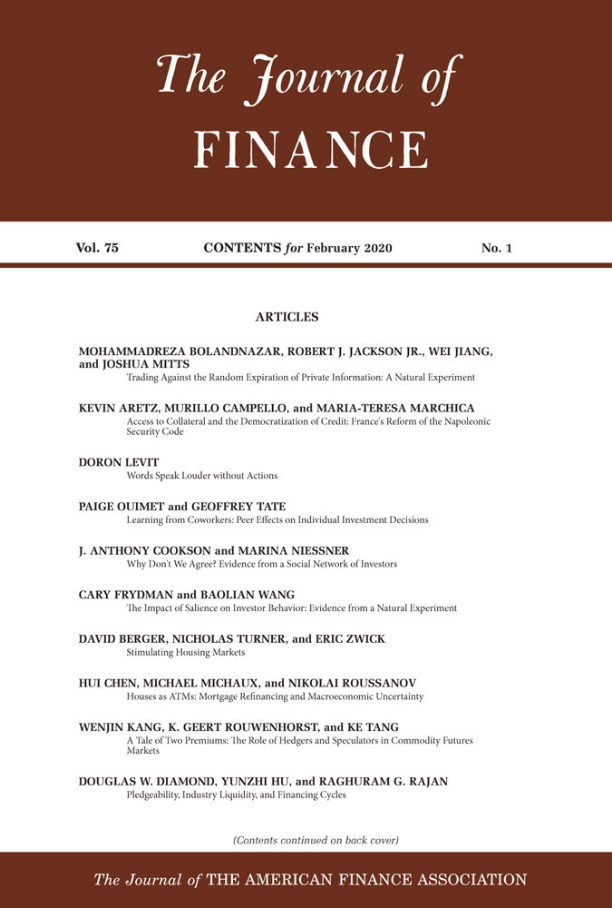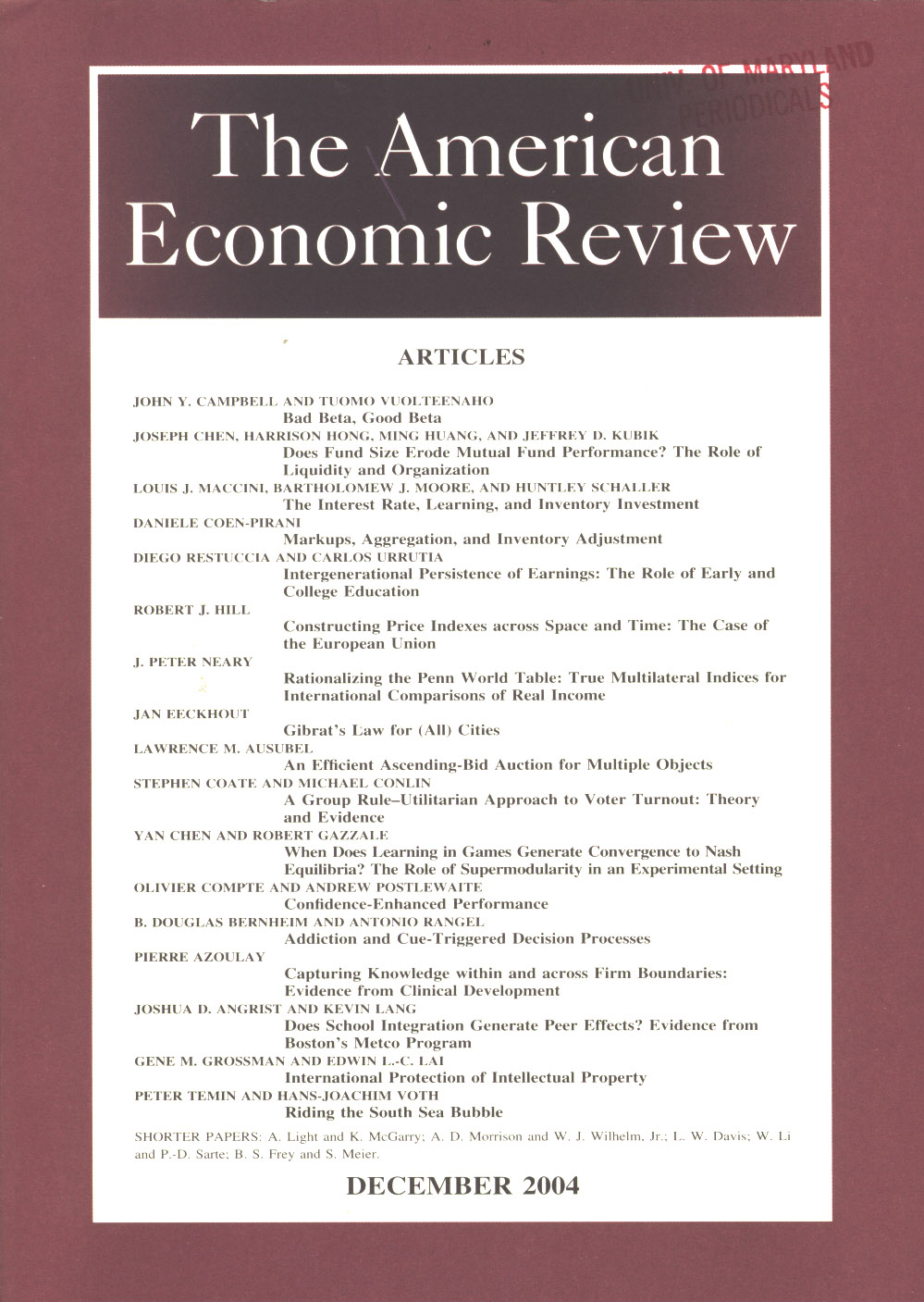Productivity: More with Less by Better
Available resources are scarce. To sustain our society's income and living standards in a world with ecological and demographic change, we need to make smarter use of them.
Dossier

In a nutshell
Nobel Prize winners Paul Samuelson and William Nordhaus state in their classic economics textbook: Economics matters because resources are scarce. Indeed, productivity research is at the very heart of economics as it describes the efficiency with which these scarce resources are transformed into goods and services and, hence, into social wealth. If the consumption of resources is to be reduced, e. g., due to ecological reasons, our society’s present material living standards can only be maintained by productivity growth. The aging of our society and the induced scarcity of labour is a major future challenge. Without productivity growth a solution is hard to imagine. To understand the processes triggering productivity growth, a look at micro data on the level of individual firms or establishments is indispensable.
Our experts

Department Head
If you have any further questions please contact me.
+49 345 7753-708 Request per E-Mail
President
If you have any further questions please contact me.
+49 345 7753-700 Request per E-MailAll experts, press releases, publications and events on “Productivity”
Productivity is output in relation to input. While the concept of total factor productivity describes how efficiently labour, machinery, and all combined inputs are used, labour productivity describes value added (Gross Domestic Product, GDP) per worker and measures, in a macroeconomic sense, income per worker.
Productivity Growth on the Slowdown
Surprisingly, despite of massive use of technology and rushing digitisation, advances in productivity have been slowing down during the last decades. Labour productivity growth used to be much higher in the 1960s and 1970s than it is now. For the G7 countries, for example, annual growth rates of GDP per hour worked declined from about 4% in the early 1970s to about 2% in the 1980s and 1990s and then even fell to about 1% after 2010 (see figure 1).

This implies a dramatic loss in potential income: Would the 4% productivity growth have been sustained over the four and a half decades from 1972 to 2017, G7 countries’ GDP per hour would now be unimaginable 2.5 times as high as it actually is. What a potential to, for instance, reduce poverty or to fund research on fundamentals topics as curing cancer or using fusion power!
So why has productivity growth declined dramatically although at the same time we see, for instance, a boom in new digital technologies that can be expected to increase productivity growth? For sure, part of the decline might be spurious and caused by mismeasurement of the contributions of digital technologies. For instance, it is inherently difficult to measure the value of a google search or another video on youtube. That being said, most observers agree that part of the slowdown is real.
Techno-Pessimists and Techno-Optimists
Techno-pessimists say, well, these new technologies are just not as consequential for productivity as, for instance, electrification or combustion engines have been. Techno-optimists argue that it can take many years until productivity effects of new technologies kick in, and it can come in multiple waves. New technology we have now may just be the tools to invent even more consequential innovations in the future.
While this strand of the discussion is concerned with the type of technology invented, others see the problem in that inventions nowadays may diffuse slowly from technological leaders to laggards creating a wedge between few superstar firms and the crowd (Akcigit et al., 2021). Increased market concentration and market power by superstar firms may reduce competitive pressure and the incentives to innovate.
Finally, reduced Schumpeterian business dynamism, i.e. a reduction in firm entry and exit as well as firm growth and decline, reflects a slowdown in the speed with which production factors are recombined to find their most productive match.
While the explanation for and the way out of the productivity puzzle are still unknown, it seems understood that using granular firm level data is the most promising path to find answers.
What are the Origins of Productivity Growth?
Aggregate productivity growth can originate from (i) a more efficient use of available inputs at the firm level as described above or (ii) from an improved allocation of resources between firms.
Higher efficiency at the firm level captures, e.g., the impact of innovations (Acemoglu et al., 2018) or improved firm organisation (management) (Heinz et al., 2020; Müller und Stegmaier, 2017), while improved factor allocation describes the degree of which scarce input factors are re-allocated from inefficient to efficient firms (‘Schumpeterian creative destruction’) (Aghion et al., 2015; Decker et al., 2021).
Most economic processes influence the productivity of existing firms and the growth and the use of resources of these firms and their competitors as well. The accelerated implementation of robotics in German plants (Deng et al., 2020), the foreign trade shocks induced by the rise of the Chinese economy (Bräuer et al., 2019), but also the COVID-19 pandemic, whose consequences are still to evaluate (Müller, 2021) not only effects on productivity and growth of the firms directly affected but at the same time may create new businesses and question existing firms.
While productivity can be measured at the level of aggregated sectors or economies, micro data on the level of individual firms or establishments are indispensable to study firm organisation, technology and innovation diffusion, superstar firms, market power, factor allocation and Schumpeterian business dynamism. The IWH adopts this micro approach within the EU Horizon 2020 project MICROPROD as well as with the CompNet research network.
As “creative destruction” may also negatively affect the persons involved (e. g., in the case of layoffs, Fackler et al., 2021), the IWH analyses the consequences of bankruptcies in its Bankruptcy Research Unit and looks at the implications of creative destruction for the society, e. g., within a project funded by Volkswagen Foundation searching for the economic origins of populism and in the framework of the Institute for Research on Social Cohesion.
Publications on “Productivity”

Importwettbewerb und Firmenproduktivität
in: Wirtschaft im Wandel, No. 1, 2021
Abstract
Dieser Beitrag untersucht für Unternehmen aus dem Verarbeitenden Gewerbe in Deutschland empirisch, ob der Wettbewerbsdruck durch Importe zu einer Steigerung der Produktivität führt. Um die Reaktionen der einheimischen Unternehmen besser zu verstehen, werden auch Effekte auf Output, Beschäftigung und FuE-Aktivitäten der Unternehmen analysiert. Die Ergebnisse zeigen, dass die Anreize der Unternehmen, in eine Erhöhung ihrer Produktivität zu „investieren“, von der Art der importierten Güter abhängen sowie davon, wie schwierig es für die einheimischen Unternehmen ist, mit der Konkurrenz mitzuhalten. Auf Importe von vergleichsweise technologisch einfachen und arbeitsintensiven Produkten aus Niedriglohnländern reagieren einheimische Unternehmen nicht mit einer Erhöhung ihrer Produktivität; vielmehr reduzieren sie Output und Beschäftigung. Dagegen steigt die Produktivität einheimischer Unternehmen als Reaktion auf Wettbewerbsdruck durch Importe von kapital- und technologieintensiven Gütern aus Industrieländern – jedoch nicht aufgrund höherer FuE-Ausgaben; ein Rückgang von Output und Beschäftigung ist in diesem Fall nicht beobachtbar.

Insolvenzen in der Corona-Krise
in: IWH Policy Notes, No. 2, 2021
Abstract
Die Insolvenzzahlen sind trotz Corona-Krise im Jahr 2020 stark gesunken. Diese paradoxe Situation kann in erster Linie durch staatliche Unterstützungsmaßnahmen und abwartendes Verhalten bei den Unternehmen erklärt werden. Die Krise traf die meisten Unternehmen am Ende einer langanhaltenden wirtschaftlichen Boomphase und somit haben viele Unternehmen umfangreiche Reserven aufgebaut, die sie in Erwartung eines Nach-Corona Booms aufbrauchen. Obwohl eine Insolvenzwelle ab Frühjahr nicht auszuschließen ist, ist sie doch eher unwahrscheinlich. Der Staat muss seine Kräfte bündeln um ein Wiederaufflammen der Pandemie nach dem Sommer 2021 zu verhindern und gleichzeitig die Stützungsmaßnahmen bereits im Jahr 2021 beenden, um eine „Zombifizierung“ der Wirtschaft zu unterbinden.

Do Household Wealth Shocks Affect Productivity? Evidence From Innovative Workers During the Great Recession
in: Journal of Finance, No. 1, 2021
Abstract
We investigate how the deterioration of household balance sheets affects worker productivity, and in turn economic downturns. Specifically, we compare the output of innovative workers who experienced differential declines in housing wealth during the financial crisis but were employed at the same firm and lived in the same metropolitan area. We find that, following a negative wealth shock, innovative workers become less productive and generate lower economic value for their firms. The reduction in innovative output is not driven by workers switching to less innovative firms or positions. These effects are more pronounced among workers at greater risk of financial distress.

Lack of Selection and Limits to Delegation: Firm Dynamics in Developing Countries
in: American Economic Review, No. 1, 2021
Abstract
Delegating managerial tasks is essential for firm growth. Most firms in developing countries, however, do not hire outside managers but instead rely on family members. In this paper, we ask if this lack of managerial delegation can explain why firms in poor countries are small and whether it has important aggregate consequences. We construct a model of firm growth where entrepreneurs have a fixed time endowment to run their daily operations. As firms grow large, the need to hire outside managers increases. Firms’ willingness to expand therefore depends on the ease with which delegation can take place. We calibrate the model to plant-level data from the U.S. and India. We identify the key parameters of our theory by targeting the experimental evidence on the effect of managerial practices on firm performance from Bloom et al. (2013). We find that inefficiencies in the delegation environment account for 11% of the income per capita difference between the U.S. and India. They also contribute to the small size of Indian producers, but would cause substantially more harm for U.S. firms. The reason is that U.S. firms are larger on average and managerial delegation is especially valuable for large firms, thus making delegation efficiency and other factors affecting firm growth complements.

Changing Business Dynamism and Productivity: Shocks versus Responsiveness
in: American Economic Review, No. 12, 2020
Abstract
The pace of job reallocation has declined in the United States in recent decades. We draw insight from canonical models of business dynamics in which reallocation can decline due to (i) lower dispersion of idiosyncratic shocks faced by businesses, or (ii) weaker marginal responsiveness of businesses to shocks. We show that shock dispersion has actually risen, while the responsiveness of business-level employment to productivity has weakened. Moreover, declining responsiveness can account for a significant fraction of the decline in the pace of job reallocation, and we find suggestive evidence this has been a drag on aggregate productivity.



